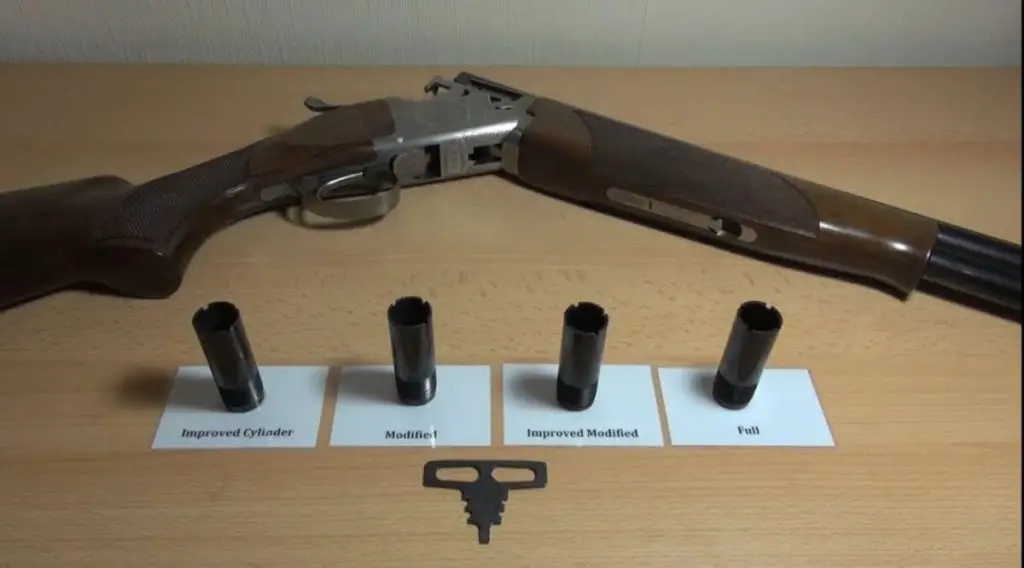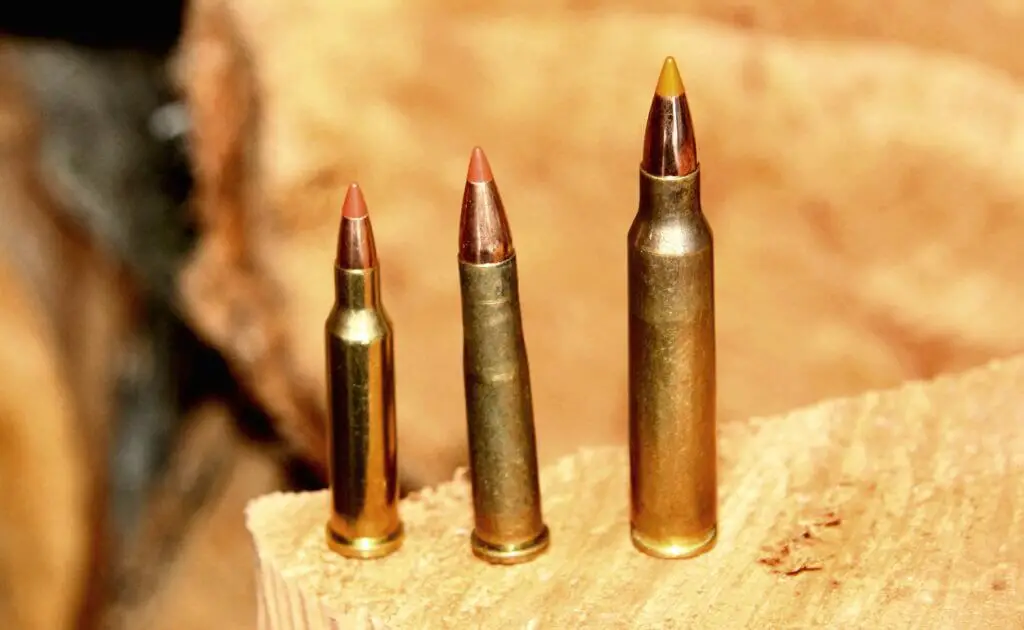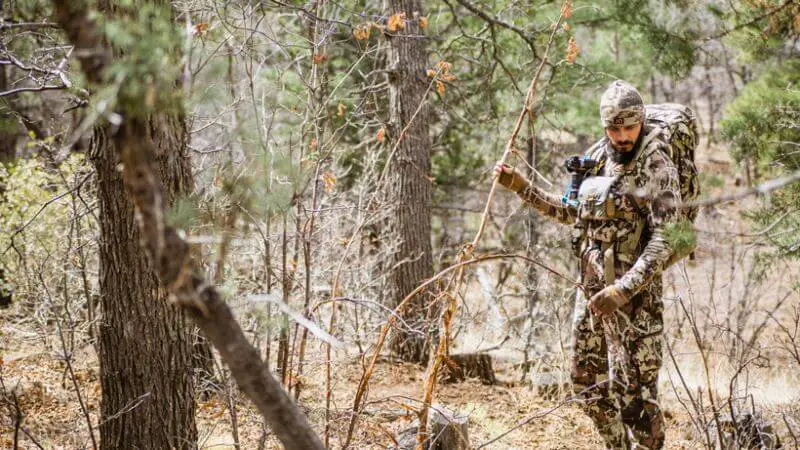Bowhunting has been around for centuries, and it is common among hunters to use fixed broadheads for large game. However, choosing the best vanes for fixed broadheads can be a daunting task, considering the variety of factors that come into play. No worries – this comprehensive guide is designed to walk you through the selection process and help you make an informed decision.
Understanding Fixed Broadheads & Vanes
Before we delve into the specifics, it’s crucial to understand what fixed broadheads and vanes are and how they function.
What are Fixed Broadheads?
Fixed broadheads are the go-to choice for many bowhunters. As the name suggests, they are broadheads with blades that are fixed into position. Due to their stout construction, they provide rugged dependability and extreme penetration on impact, making them suitable for large game.
What are Vanes?
Vanes are essentially the “wings” or “fletching” on an arrow. They stabilize the arrow in flight, control its spin, and ensure that it follows the desired trajectory.
Choosing the Best Vanes for Fixed Broadheads
Now that we understand these components let’s delve into the critical considerations when choosing the best vanes for fixed broadheads.
Size and Weight of the Broadhead
The size and weight of your broadhead affect the stability of your arrow in flight. If your broadhead is heavy, use larger and stiffer vanes, with sizes ranging from 4 to 5 inches. These larger vanes generate more ‘drag’ that helps stabilize the arrow in flight.
Quick guide:
- For heavy Broadhead – 4 to 5 inches
- For lighter Broadhead – 2 to 3 inches
Wind Conditions
Wind conditions play a vital role in the flight of an arrow. In windy situations, larger vanes can help maintain the stability and accuracy of arrows.
Quick guide:
- Windy conditions – 4 to 5 inches vanes
- Calm wind – 2 to 3 inches vanes
Arrow Speed
The speed of your arrows matters. Fast arrows can utilize smaller vanes, while slower arrows may require larger ones.
Type of Bow
If you’re using a traditional bow, curved or feathered vanes would be the best choice. For the more technologically advanced compound bows or crossbows, it’s advisable to use synthetic, straight or helical vanes.
Best Vanes for Fixed Broadheads – A Comparison
Here’s a comparison table looking at the best vanes for fixed broadheads currently on the market.
| Brand | Vane Size | Material | Function |
|—————-|———|———|———|
| “Bohning Blazers” | 2 inches | Plastic | Best for high-speed arrows |
| “Gateway Feather Fletching” | 5 inches | Feathers | Best for traditional bows |
| “NAP QuikSpin Vanes” | 3 inches | Plastic | Best for fast rotation |
| “Q2i Fusion X-II Slotted Vane” | 2.1 inches | Plastic | Best for crossbow arrows |
How to Fletch Vanes on Arrows for Fixed Broadheads
The process of fletching (fitting the vanes onto) your arrows is a delicate one and requires precision. Here’s the step-by-step guide to getting it right:
- Remove the old fletching, if any, using a knife or arrow scraper. Be careful not to damage the arrow shaft.
- Wash the arrow shaft with a mild detergent and let it dry.
- Choose the correct vane type and size depending on your broadhead, bow type, and other factors discussed above.
- Apply a thin layer of fletching glue along the base of the vane.
- Place the vane in the fletching jig and secure it onto the arrow shaft in the desired position.
- Allow it to dry as per the manufacturer’s instructions before removing the arrow.
- Repeat the process for the remaining vanes.
Selecting the correct vanes and correctly fletching an arrow is an art as much as it is a science. Always remember to consider the relationship between your broadhead, vane, and the rest of your bow setup. Happy bowhunting!
Frequently Asked Questions
1. What vanes are best for fixed blade broadheads?
For fixed blade broadheads, it is generally recommended to use vanes that provide optimal stability and control. Four or five-inch long vanes made of stiff material, such as plastic or rubber, are commonly used. Popular options include feathers, plastic vanes (such as Blazer or Fusion vanes), or rubber vanes (like the AAE Max Hunter or Bohning Blazer).
2. What is the best speed for fixed blade broadheads?
The ideal speed for fixed blade broadheads depends on various factors, including the weight and design of the broadhead, as well as the type of bow or crossbow being used. In general, most fixed blade broadheads perform well within a speed range of 250 to 300 feet per second (fps).
3. What are the best vanes for accuracy?
When it comes to accuracy, smaller and lower-profile vanes are generally preferred. Vanes that are two to three inches long, such as the Blazer X2 vanes or the Bohning Tiger Blazer vanes, are known to provide excellent accuracy by reducing drag and stabilizing the arrow’s flight.
4. What vanes are best for long-range hunting?
If you plan on engaging in long-range hunting, it is recommended to use vanes with high profile and strong stiffness. Consider using vanes with a length of four to five inches, such as the Bohning Blazer vanes or the Q2i Fusion vanes. These vanes provide better stability and are less affected by crosswinds, helping maintain arrow flight accuracy over longer distances.
5. What is the difference between feathers and plastic vanes for fixed blade broadheads?
The main difference between feathers and plastic vanes is the material. Feathers are natural and have been used for arrows for centuries, while plastic vanes are synthetic and more commonly used today. Feathers tend to be more forgiving and can self-correct the arrow’s flight, but they are more susceptible to damage from weather and moisture. Plastic vanes offer longer durability and consistent performance but may require additional tuning for optimal accuracy.
6. Can I use different vane lengths on my arrows?
It is generally recommended to use the same vane length on all of your arrows for consistent arrow flight. Different vane lengths can affect the aerodynamics and stability of the arrows, resulting in inconsistencies in accuracy. However, if you find a specific combination of vane lengths that work well for you, it is possible to experiment and fine-tune your setup accordingly.
7. How often should I replace my vanes?
The lifespan of vanes can vary depending on factors such as the number of shots fired, the type of arrow rest used, and the conditions in which you shoot. On average, if your vanes are not damaged, it is recommended to replace them every two to three months or after around 500 shots. If you notice any visible wear, tear, or damage to your vanes, it is best to replace them immediately to ensure consistent arrow flight.
8. Should I use fletching glue or tape to attach my vanes?
Both fletching glue and tape can be used to attach vanes to arrows. Fletching glue offers a permanent and reliable bond but requires careful application and drying time. On the other hand, fletching tape provides a quick and secure attachment that allows for easier adjustments or replacements if needed. The choice between glue and tape ultimately comes down to personal preference and convenience.
9. Can I use vanes with helical or offset fletching on fixed blade broadheads?
Yes, using vanes with helical or offset fletching can increase the arrow’s stability and spin, which can enhance accuracy when using fixed blade broadheads. The helical or offset fletching creates a rotational force on the arrow, improving its stability in flight and reducing the effects of external factors such as wind. However, it is important to ensure proper alignment and centering of the broadhead with the arrow shaft to maintain accurate arrow flight.
10. How should I store my arrows with vanes?
To store arrows with vanes, it is best to use an arrow case or quiver that securely holds the arrows in an upright position. This keeps the vanes from being compressed or bent, which could affect their performance. Additionally, storing arrows in a cool, dry place away from extreme temperatures and humidity will help maintain the integrity and lifespan of the vanes.
- How to Put a Scope on a Mosin Infantry in Tarkov: A Quick Guide - November 7, 2024
- How to Edit a Scope Box in Revit: A Step-by-Step Guide - November 6, 2024
- How to Put a Scope on Mosin Tarkov: Expert Tips for Gamers - November 6, 2024


